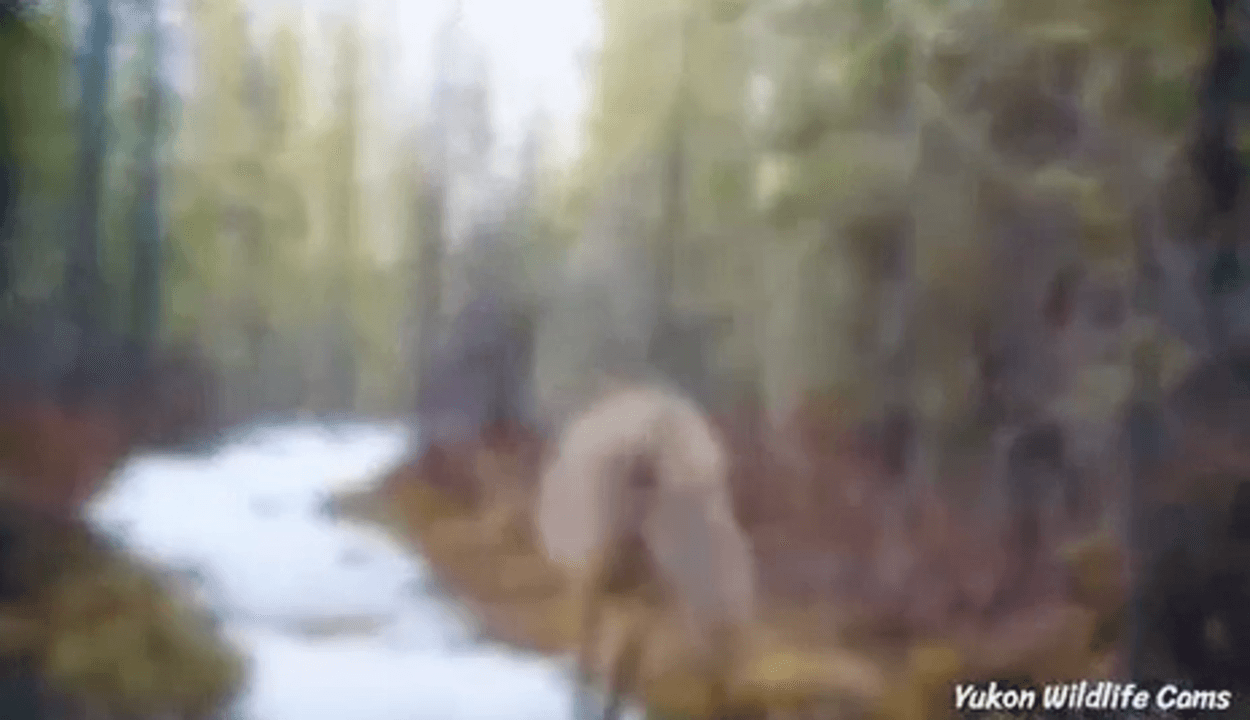
Hunting in the PEACE RIVER BC Region: Uncovering Types of Hunting and Animals, Geographics, Demographics, Associations and Clubs, Laws and Hunting Seasons The Peace River region of British Columbia, Canada, is a hidden gem for hunters seeking adventure and an unparalleled connection with nature. Nestled between the Rocky Mountain Foothills to the west and the Alberta Plains to the east, this vast wilderness offers diverse landscapes, abundant wildlife, and rich traditions that make it one of the most sought-after hunting destinations in North America. Whether you're a seasoned hunter or new to the sport, this guide will provide valuable insights into everything you need to know about hunting in the Peace River region. Geographical and Natural Features of the Region from the Point of View of Hunting The Peace River region spans northeastern British Columbia, encompassing rolling hills, dense forests, open meadows, and winding rivers. These varied terrains create ideal habitats for a wide range of game species. Crown land dominates much of the area, offering extensive public access for hunting enthusiasts. The region's unique position also places it at the crossroads of boreal forest ecosystems and prairie-like environments, making it home to both woodland and plains-adapted animals. Birdwatchers and small-game hunters will be thrilled to learn that the North Peace River region hosts over 258 bird species, some of which are rare or unique to the province. For big-game hunters, the combination of rugged terrain and lush vegetation provides excellent cover and feeding grounds for elk, moose, deer, and other prized quarry. Hunters and Demographics of the Region While exact numbers fluctuate annually, thousands of hunters visit the Peace River region each year, drawn by its reputation as a premier hunting destination. Local hunters often belong to tight-knit communities where knowledge is passed down through generations. Indigenous peoples, including First Nations groups near the Peace River, have long relied on subsistence hunting under Treaty 8 of 1898, which grants them rights to hunt venison for personal us. Non-indigenous hunters include locals and tourists from across Canada and beyond, contributing significantly to the regional economy. Characteristics of Hunting in the Peace River Region Hunting in the Peace River region requires preparation and respect for the environment. The area’s remoteness means hunters must be self-reliant, carrying essential gear and supplies. Weather conditions can vary dramatically, so dressing in layers and checking forecasts before heading out is crucial. Types of Hunting in the Region and Target Animals The Peace River region supports a variety of hunting opportunities: Big Game: Moose, elk, mule deer, white-tailed deer, black bears, and occasionally wolves. Small Game: Grouse, ptarmigan, snowshoe hares, and squirrels. Waterfowl: Ducks, geese, and other migratory birds frequent the wetlands along the Peace River. Bird Watching and Avian Hunting: With over 258 bird species documented, bird enthusiasts can enjoy spotting unique avifauna like the White-winged Crossbill and Merlin. Hunting Seasons in the Region Hunting seasons in the Peace River region are carefully regulated to ensure sustainable practices. Moose and Elk: Typically fall between September and November. Deer: Open seasons usually run from late August to December. Black Bear: Spring and fall hunts are permitted, depending on specific zones. Waterfowl: Migratory bird seasons align with federal regulations, often starting in early September. Associations and Clubs of Hunters in the Region Several organizations advocate for hunters’ rights and promote conservation efforts in the Peace River region: B.C. Wildlife Federation (BCWF): This influential group works to protect hunting privileges while emphasizing science-based management Local Rod and Gun Clubs: Smaller clubs scattered throughout the region offer camaraderie and educational resources for members. Indigenous Groups: Collaborative initiatives involving First Nations aim to balance traditional practices with modern conservation strategies Legislation of Hunting in the Region Hunting in the Peace River region falls under provincial jurisdiction, governed by the Wildlife Act and associated regulations. Key points include: Mandatory possession of a valid hunting license and tags. Adherence to bag limits, weapon restrictions, and designated hunting zones. Respect for private property boundaries unless permission is granted. Traditions of the Region from the Point of View of Hunting Hunting has deep historical roots in the Peace River region, dating back to early trapping and moose hunting activities carried out by local guides such as those who worked for Stan Clark and Jack. Indigenous communities continue to uphold ancestral traditions tied to subsistence living, while non-indigenous settlers introduced recreational hunting during the late 19th century. Today, the blend of old-world customs and contemporary techniques creates a vibrant hunting culture that honors the past while embracing innovation. Interesting Facts About Hunting in the Peace River Region The Peace River region is part of the larger Living Landscapes initiative, stretching from the Yukon border to central British Columbia. Some hunters report seeing rare bird species like the White-breasted Nuthatch, adding an element of surprise to their expeditions. Conservation efforts in the region focus heavily on maintaining healthy predator-prey dynamics, ensuring balanced ecosystems for future generations. Hunting in the Peace River BC region offers an unforgettable experience steeped in natural beauty, rich history, and abundant opportunities. From tracking majestic moose in the dense forests to observing elusive bird species along the riverbanks, every trip promises excitement and fulfillment.
Post: 27 May 08:15


